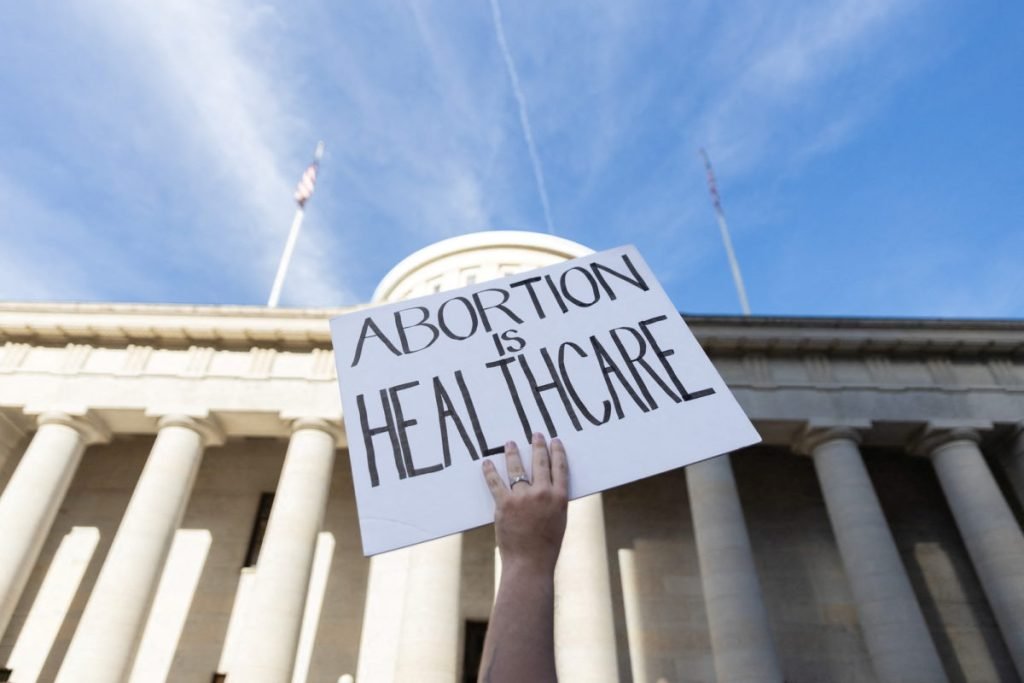The topic of abortion continues to be a contentious issue in the United States, with significant legal and social implications. Despite the introduction of more restrictive laws in several states following the Supreme Court’s decision to overturn Roe v. Wade in 2022, recent data reveals a slight increase in abortion rates across the country. This blog explores the factors behind this unexpected trend and its broader implications.
A Changing Legal Landscape
Since the Supreme Court returned the power to regulate abortion to individual states, several conservative-leaning states have passed strict abortion bans or severe restrictions. States such as Texas, Alabama, and Mississippi have effectively outlawed most abortions, creating legal and logistical hurdles for those seeking the procedure. These laws have led to increased activism, legal battles, and migration of patients to states where abortion remains accessible.
Rise in Medication Abortions
One factor contributing to the rise in abortion rates is the increased availability and use of medication abortions. The FDA’s decision to loosen restrictions on abortion pills, including allowing their distribution via mail, has made it easier for individuals to terminate pregnancies without visiting clinics. This method has become a lifeline for those living in states with limited access to in-clinic procedures.
Another significant trend is the growing number of individuals traveling across state lines to access abortion services. States like California, New York, and Illinois, which have maintained or expanded abortion rights, have reported a surge in patients from neighboring states with restrictive laws. Organizations providing financial assistance for travel and lodging have played a crucial role in supporting these efforts.
Increased Awareness and Advocacy
The post-Roe era has also spurred renewed advocacy efforts, with many organizations working to provide accurate information about reproductive rights and access. Public awareness campaigns and legal challenges to restrictive laws have empowered individuals to seek abortion services despite the challenges.
Challenges for Providers
While the increase in abortion rates highlights the resilience of individuals and organizations in safeguarding reproductive rights, it has also placed significant strain on providers. Clinics in states with fewer restrictions face overwhelming demand, leading to longer wait times and resource shortages.
What Lies Ahead
The rise in abortion rates, even amid restrictive laws, underscores the complexity of the issue and the determination of individuals to exercise their reproductive rights. However, the future remains uncertain, as ongoing legal battles and the potential for federal action could reshape the landscape once again.

